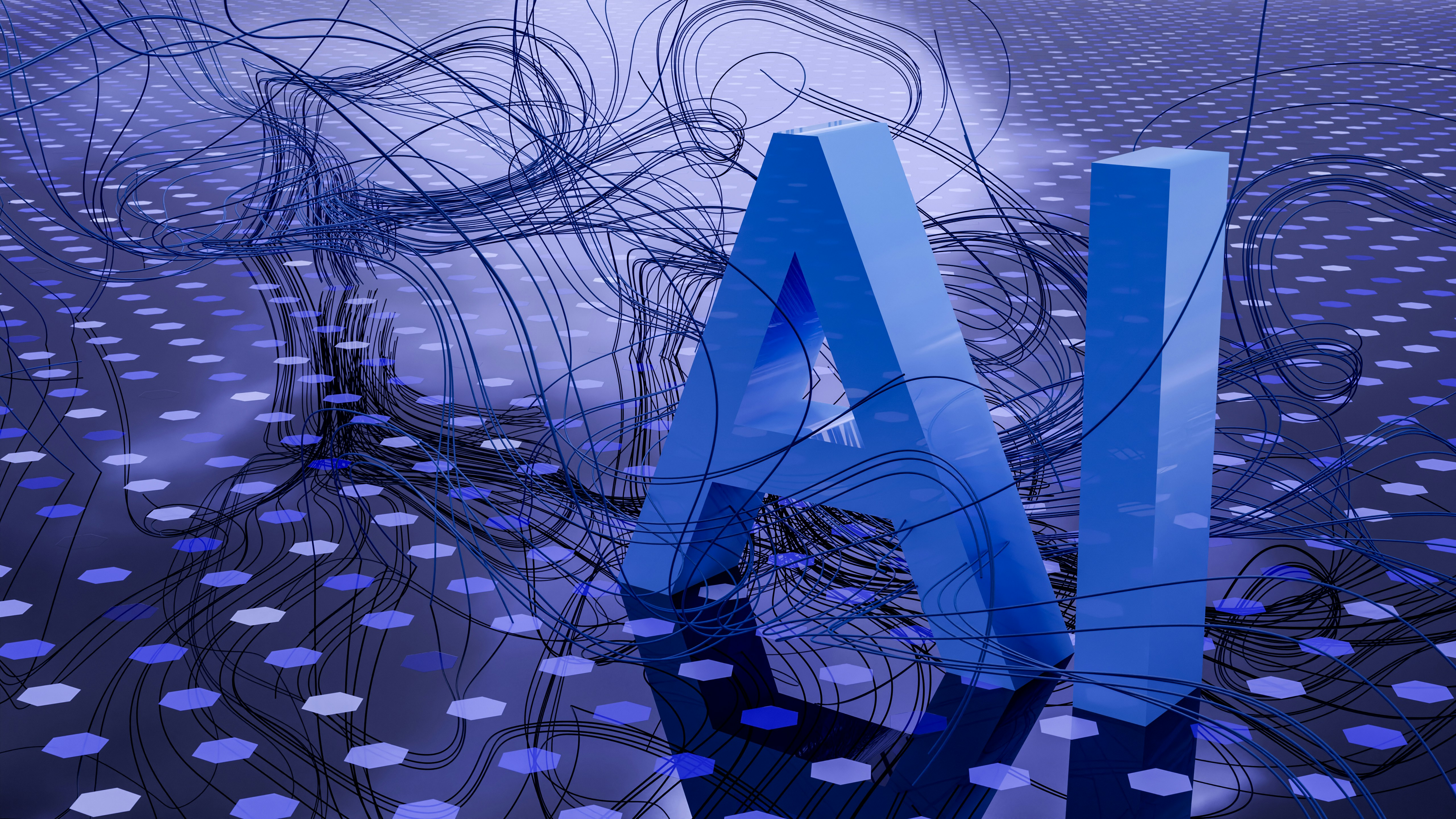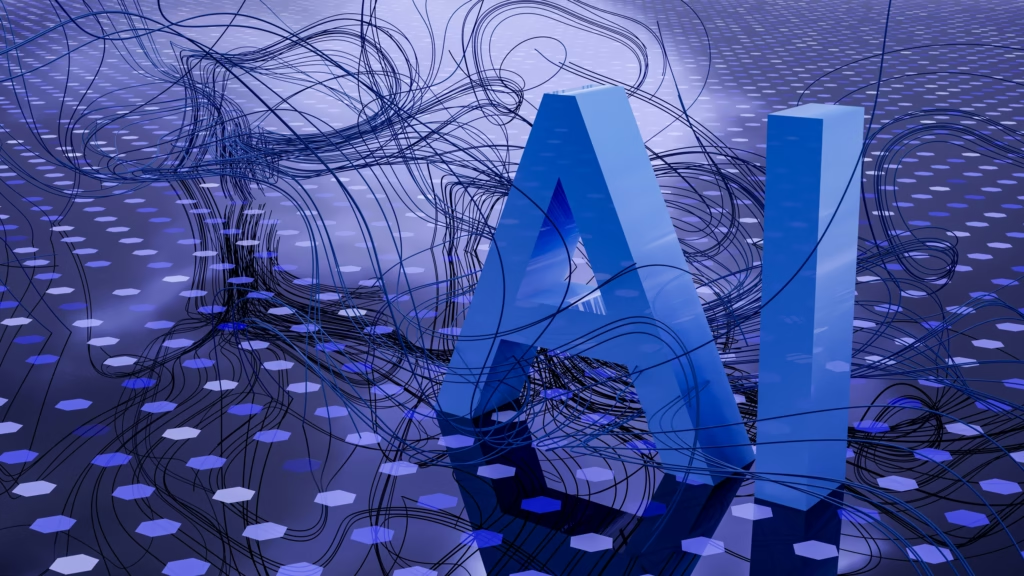
The Rise of AI-Generated Images and Videos: Power, Potential, and Responsibility

Introduction to AI-Generated Media
The advent of artificial intelligence (AI) has revolutionized numerous sectors, with media creation standing at the forefront of this transformation. AI-generated images and videos represent a cutting-edge fusion of technology and creativity, enabling unprecedented capabilities for artists, marketers, and content creators alike. The technological advancements that have facilitated this development include sophisticated algorithms, robust machine learning systems, and neural networks that can analyze vast datasets to produce new and engaging visual content.
At its core, AI-generated media involves the use of algorithms capable of mimicking or enhancing human creativity. Tools such as Generative Adversarial Networks (GANs) allow machines to create highly realistic images and videos by learning from existing datasets. These technologies have expanded the creative possibilities for professionals in the media industry, enabling them to produce high-quality content more efficiently and at a reduced cost. Whether it’s generating unique artwork, editing video footage, or designing marketing materials, AI has become an indispensable tool in modern content creation.
As AI-generated images and videos continue to gain traction, their significance in various media industries cannot be overstated. Industries ranging from advertising to entertainment are increasingly experimenting with AI to engage audiences and foster innovation. The emerging role of artificial intelligence in media highlights the potential for enhanced storytelling and content personalization, ultimately transforming how consumers interact with visual media. Though the opportunities presented by AI-generated content are vast, they also bring forth ethical considerations regarding authorship, authenticity, and the potential for misuse.
Understanding AI-Generated Images and Videos
The advent of artificial intelligence (AI) has revolutionized the field of image and video creation, with notable advancements primarily driven by technologies such as generative adversarial networks (GANs) and diffusion models. These systems utilize sophisticated algorithms to generate visually compelling content, thereby transforming the landscape for content creators across various industries.
Generative adversarial networks (GANs) consist of two neural networks: a generator and a discriminator. The generator produces new images based on random noise, while the discriminator evaluates these creations against real images, providing feedback on their authenticity. This process occurs iteratively, facilitating improvement in the quality of generated visuals. GANs have particularly excelled in producing high-resolution images, allowing artists and professionals to explore new creative avenues.
On the other hand, diffusion models operate based on a different principle, where images are generated by progressively refining random noise into clear images through a series of iterative steps. This method has gained traction for its ability to produce high-quality visuals with remarkable detail and cohesion. Such models leverage vast datasets for training, capturing a wide array of styles, subjects, and representations, which ultimately enhances the model’s creative capacity.
The training process for both GANs and diffusion models typically involves the utilization of extensive datasets comprising billions of images and videos. These datasets are carefully curated to ensure a diverse range of inputs, enabling the AI systems to learn complex patterns and features inherent in visual media. As a result, the capabilities of these AI-generated images and videos are continually expanding, empowering professionals in fields such as marketing, filmmaking, and design to harness these tools effectively.
Through an understanding of the underlying technology driving AI-generated content, one can appreciate the significant potential these innovations hold for creativity while also recognizing the ethical responsibilities that accompany their use.
The Benefits of AI-Generated Content
The advent of AI-generated content, particularly in the realms of images and videos, presents remarkable advantages that can significantly impact various creative sectors. First and foremost, AI tools can tremendously enhance creativity. By providing artists and content creators with novel ideas and inspirations, AI enables individuals to explore concepts that may have otherwise remained undiscovered. This collaborative synergy between human imagination and artificial intelligence encourages innovation, resulting in unique artistic expressions that enrich the creative landscape.
Moreover, the speed at which AI can generate high-quality content is unparalleled. Tasks that once consumed valuable hours can now be executed in mere minutes. For instance, marketing teams can rapidly produce promotional materials tailored to specific demographics, allowing for timely engagement with audiences. As a result, businesses benefit from improved operational efficiency and the ability to adapt to market trends more flexibly.
Cost reduction is another notable advantage of AI-generated images and videos. Traditional content creation often demands substantial investments in terms of resources, including professional talent, equipment, and post-production services. However, AI tools can produce visually appealing and effective content without the need for extensive financial outlay. This democratization of creativity allows small businesses and independent creators to thrive, leveling the playing field and enabling diverse voices to be heard in the crowded marketplace.
Furthermore, individuals who may lack traditional artistic skills can leverage AI-generated content to express their ideas and communicate effectively. For example, educators can create engaging visual materials to supplement their teaching, while non-profit organizations can produce compelling narratives to raise awareness for important causes. The accessibility of AI-generated media opens doors for collaboration across various sectors, reinforcing the notion that creativity is not confined to a select few.
In summary, AI-generated content presents transformative benefits, including enhanced creativity, accelerated production speeds, reduced costs, and opportunities for individuals with varying skill levels. These advantages are propelling the proliferation of AI tools, leading to innovative projects that showcase the potential of this technology in society.
Top Platforms for AI-Generated Visuals
The emergence of AI-generated images and videos has led to the development of several cutting-edge platforms, each offering unique features and functionalities that cater to various industries. One of the most prominent platforms is OpenAI’s DALL·E. This tool allows users to create images from textual descriptions. It showcases a remarkable ability to interpret and visualize complex prompts, making it invaluable in sectors such as advertising and content creation, where the need for unique visuals is paramount.
Another noteworthy platform is Midjourney, which is known for its artistic flair. It generates striking visuals with a focus on creativity and aesthetics. Midjourney is particularly popular among graphic designers and artists, allowing them to supplement their creative process with AI-generated art. The intuitive user interface streamlines the experience, making it accessible even to those with minimal technical expertise.
Google’s Imagen also enters the fray, emphasizing photorealism and diversity in generated images. Its capabilities to produce high-quality images suitable for various applications, from marketing to journalistic purposes, make it a versatile option. Users find its capacity to depict subtle details and emotions in visual content quite beneficial in storytelling. This is particularly advantageous for industries such as cinema and photography, where emotional resonance is essential.
Meanwhile, platforms like RunwayML offer a broader suite of tools for generating images and videos, focusing on creative projects within film and design. RunwayML empowers users to create dynamic video content through AI-driven editing features. This expansion into audiovisual content enhances the potential of AI-generated materials. These leading platforms signify a growing trend in leveraging artificial intelligence for creativity, providing users across industries with powerful tools to visualize their ideas more effectively.
Ethical Considerations Surrounding AI Media
The advent of AI-generated images and videos has ushered in a transformative era in the media landscape, prompting us to reflect on the accompanying ethical issues. One of the most pressing concerns relates to intellectual property rights. As AI systems become increasingly adept at creating works that mimic human artistry, the question arises: who owns the images and videos produced by machines? Current laws may not adequately address this challenge, leading to potential legal disputes between creators and users of AI-generated content.
Moreover, authenticity becomes a major ethical issue as AI-generated media can easily blur the lines between real and artificial. This raises concerns regarding misinformation or the manipulation of reality. In an age where deepfakes are increasingly common, the ability to generate hyper-realistic videos and images creates the potential for abuse—ranging from personal slander to widespread misinformation campaigns that can erode trust in media sources. The implications for public perception and individual reputations are significant and troubling.
Another critical consideration is the impact of AI on traditional artists and content creators. As machines become capable of producing creative outputs, one must contemplate the emotional and psychological effects on human creativity. Artists may feel threatened by the encroachment of AI, leading to a potential devaluation of their work. The unique emotional connection that human artists have with their creations is not something that AI can replicate, yet the competition could lead to financial instability for many practitioners in the creative fields.
As we navigate this new landscape, it is crucial to foster discussions about the responsible use of AI in generating media. Understanding the ethical implications will be essential for balancing innovation with respect for human creativity, ownership, and societal integrity in an increasingly automated world.
The Risks of AI Misuse and Misinformation
The rapid evolution of artificial intelligence (AI) technology, particularly in the realm of image and video generation, has given rise to various concerns surrounding misuse and misinformation. As AI-generated media becomes increasingly sophisticated, the potential for creating deepfakes and other misleading content poses significant risks to individuals and society. Misinformation can erode public trust, manipulate opinions, and even incite violence in extreme cases.
One notable example of AI misuse occurred during the 2020 U.S. presidential election when deepfake technology was employed to create misleading videos of candidates. These fabricated images circulated widely on social media platforms, causing confusion among voters and worsening political polarization. Such incidents underscore the need for robust mechanisms to identify and combat AI-generated misinformation before it can cause further harm.
Additionally, the entertainment industry is not immune to the ramifications of AI-generated content. In recent years, AI programs have produced unauthorized likenesses of actors, leading to debates about intellectual property rights and individual consent. This raises ethical questions about the extent to which AI should be permitted to replicate human likenesses for commercial purposes, particularly when it can mislead consumers regarding the authenticity of the media they consume.
Furthermore, the potential for AI-generated images to exacerbate societal biases cannot be overlooked. Algorithms trained on existing data may perpetuate pre-existing stereotypes, leading to the reinforcement of harmful narratives in the media. As AI-generated content proliferates, it becomes crucial to understand not only the technology itself but also its societal impact, fostering a dialogue surrounding responsibility and ethical use.
In light of these risks, raising awareness about the implications of AI-generated media and fostering digital literacy among users is essential. By emphasizing the importance of critical thinking and media verification, stakeholders can work toward mitigating the potentially destructive effects of misinformation fueled by AI technologies.
Proposed Safeguards for Responsible Use
As the prevalence of AI-generated images and videos increases, it becomes crucial to establish safeguards that ensure their responsible use. One prominent proposal is the implementation of watermarks that delineate AI-generated content from authentic human-created media. Watermarks serve as a clear indicator, allowing consumers and creators to identify the source of the content. This transparency helps prevent misinformation, as audiences are more informed about the nature of the images and videos they encounter.
To complement the use of watermarks, improving transparency regarding the algorithms and methodologies utilized to generate AI content is essential. Encouraging companies and developers to disclose the techniques employed in their AI systems can demystify the technology, fostering a better understanding of potential biases and limitations inherent to AI-generated media. Such transparency could also facilitate trust among users, assuring them that AI-generated content is crafted ethically and responsibly.
Legal regulations are another viable approach to uphold accountability in the realm of AI-generated images and videos. Governments and regulatory bodies could establish frameworks that govern the creation and dissemination of this type of content. By ensuring that creators of AI-generated media adhere to established guidelines, society can mitigate risks related to misinformation, copyright infringement, or malicious use of technology. Legal measures should focus on creating an environment that supports innovation while safeguarding public interests.
The significance of responsible AI usage cannot be overstated. Community guidelines play a vital role in shaping a culture of accountability among creators and users. By encouraging ethical practices, fostering dialogue, and establishing norms around AI-generated content, we pave the way for a future where technology is utilized responsibly and thoughtfully. These proposed safeguards, when effectively implemented, can lead to an ecosystem where the power of AI is harnessed for positive outcomes, mitigating the potential downsides associated with its misuse.
The Future of AI in Media and Content Creation
As artificial intelligence continues to reshape the landscape of media and content creation, the trajectory for its future reveals an intriguing blend of opportunity and responsibility. The integration of AI technologies into creative processes has already begun to yield impressive results, enabling creators to enhance their work and reduce the time and resources required for production. Notably, the use of AI in generating images and videos demonstrates its potential to inspire and innovate across various sectors, including advertising, filmmaking, and marketing.
One key trend to watch is the increasing collaboration between human artists and AI systems. This partnership can amplify creative endeavors, allowing human input to guide and refine AI-generated content while keeping artistic integrity intact. As technology evolves, algorithms are likely to become more adept at understanding human emotions, aesthetics, and cultural contexts, leading to more sophisticated outputs that resonate deeply with audiences.
Moreover, the rise of AI-generated content may prompt a re-evaluation of the roles traditionally held by human creators. While some may fear that AI will replace them, it is more likely that new roles will emerge. These could include roles focused on supervising AI tools, curating content, and ensuring ethical standards are maintained in the creative process. A focus on responsible development will be critical to prevent misuse, ensuring that AI empowers creators rather than undermines them.
As we look towards the future, it is imperative that stakeholders, including developers and content creators, work collaboratively to instill ethical guidelines and frameworks. This will ensure that the evolving relationship between AI and human creativity fosters innovation without compromising artistic values. The balance between leveraging AI’s disruptive potential and maintaining a strong moral compass will play a defining role in the future of media and content creation.
Conclusion: Balancing Innovation and Responsibility
The emergence of artificial intelligence (AI) in generating images and videos has ushered in a new era characterized by remarkable innovation and creativity. The potential these AI-generated contents possess is undeniable; they have transformed industries ranging from entertainment to advertising, allowing for unprecedented levels of customization and efficiency. However, with these advancements also come significant ethical implications that must be addressed. As we navigate this rapidly changing landscape, it is essential to strike a balance between leveraging the power of AI and upholding a strong sense of responsibility.
The discussion surrounding AI-generated content is multifaceted, encompassing issues such as copyright concerns, misinformation, and the potential for misuse. The responsibility lies not only with developers and companies but also with consumers and society at large. It is crucial for all stakeholders to engage in ongoing conversations about the implications these technologies hold. By fostering an environment where ethical considerations are prioritized alongside technological advancement, we can work towards creating solutions that benefit society as a whole.
Ultimately, balancing innovation and responsibility requires a collective effort. By taking a proactive approach to these discussions, we can navigate the complexities of AI-generated content, ensuring it serves to enhance rather than detract from our societal values.
- June 11, 2025
- 121
- Technology
- 0 comment







Add Comment